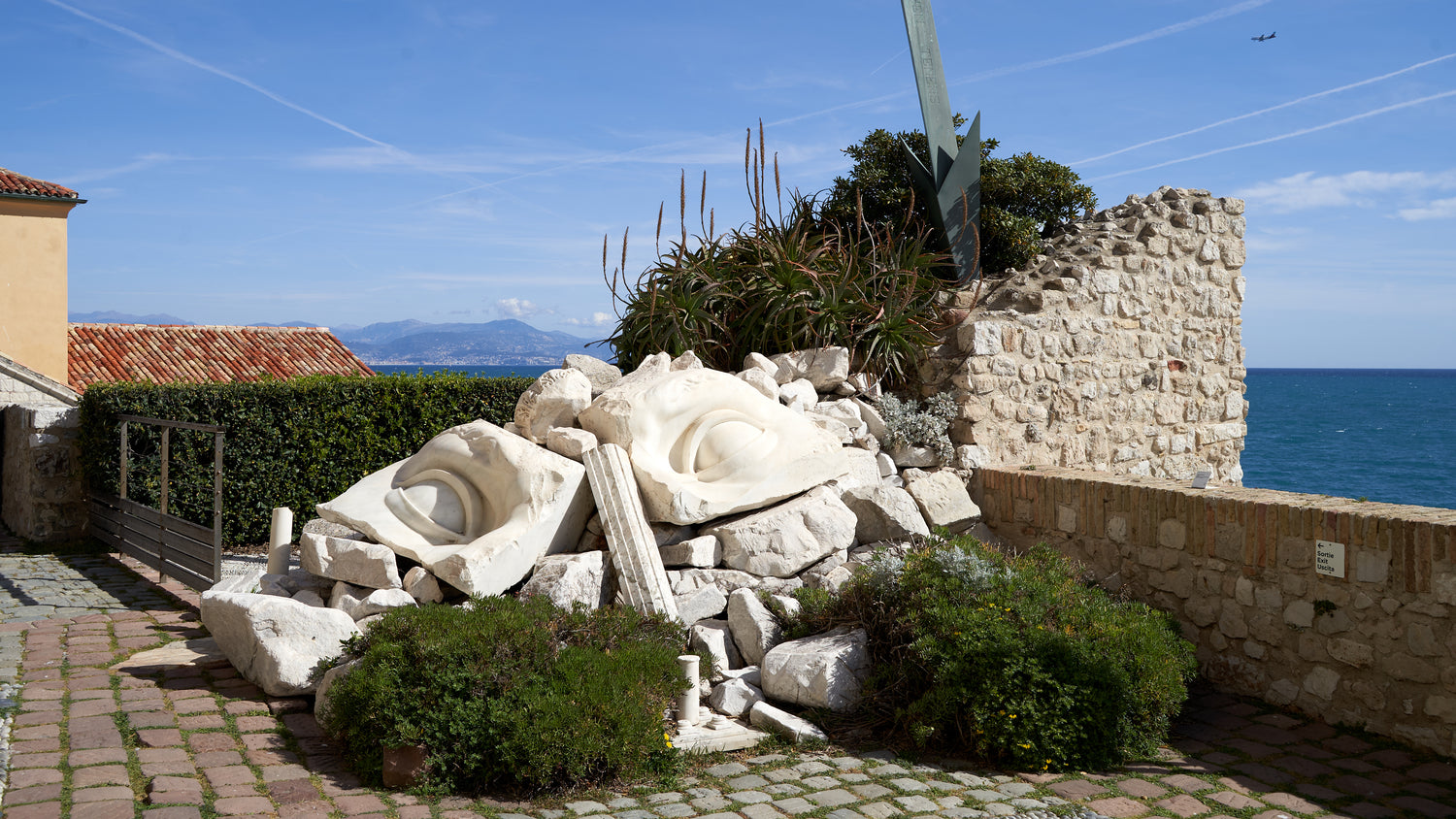
The magical spell of the light of the south of France has captured many artists through time. Picasso was no exception. The Musée Picasso in Antibes, set on the coast of a majestic azure sea, is a tribute to a part of Picasso’s extended time in Provence. He spent the year of 1946 in residence in The Château Grimaldi, painting, sketching and being inspired by the context of this magical place.


The château itself is part of the grand story of the Grimaldi family, which remains the ruling family of Monaco. This was a family whose rule began in the 12th century and extended to Italy and included Antibes and the Republic of Genoa more broadly for hundreds of years.


The Château Grimaldi, which houses the Musée Picasso today, is a serendipitous venue for Picasso’s 1946 work. Picasso donated 23 paintings and 44 drawings to the museum. The most notable are the series of the faun, La Chèvre (the goat) and La Joie de Vivre. Today, the museum hosts 245 of Picasso’s works (many subsequently bequeathed to the museum by his last wife, Jacqueline Picasso).


Perhaps the most awe-inspiring aspect of the museum is the arched stone doorway to the sea-facing terrace. One walks out and sees the outline of a spindly human sculpture - against the horizon of an often unblemished blue Antibes sky, the turquoise sea stretching out beneath. Glancing left and right, the sea views are unyielding and other human figures stand guard along the stone wall buttressing the castle from the far-stretching sea below. The presentation is masterful.

 (Nicolas de Staël, Nu couché bleu, 1955)
(Nicolas de Staël, Nu couché bleu, 1955)
Inside the museum, one finds an impressive collection of artists on the first floor - Nicolas de Staël (whose fateful residence is just a stone’s throw from the Grimaldi Château), Germaine Richier, Joan Miró, Bernard Pagès and others.

Then of course, one finds the Picassos.

A series of photographs by Michel Sima taken in 1946 during Picasso’s stay in the chateau features the artist posed in front of his works.




Picasso's ceramic plates with faces, fauns, owls, bull fights - are such playful pieces in his collection.


Perhaps the most famous painting realized in residence at the château is his "Joie de Vivre" (1946). It is a true representation of the sweet post-war years, where Picasso, and much of Europe, finally breathed in some hedonism following years of fear and deprivation.

La Chevre (1956) is another iconic piece in the museum. Picasso always said that he loved animals as much as humans (if not more).
Don't miss this exceptional collection of a great master. A must on a visit to the south of France, along with the town of Antibes itself. Musée Picasso
Photography and writing by Emilie Johnson. She can be found on instagram at @emilie_joly_johnson



